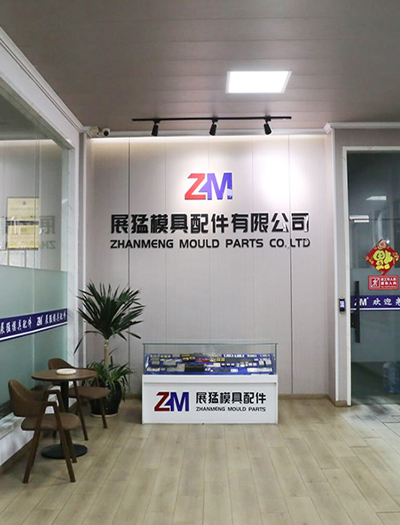Tool Safety Devices represent a component in the realm of mold handling and movement. These devices play a role in ensuring the safety of both the mold base and bolts during the intricate processes of mold maintenance and relocation.
Functionality:
At its core, the Tool Safety Device serves the fundamental purpose of facilitating mold keeping or movement. This is achieved through a thoughtful design that incorporates elements such as shoulder screws and spring plungers, ensuring a seamless and adaptable application process. The inclusion of these features not only enhances the device's utility but also contributes to its user-friendly nature.
Shoulder Screws and Spring Plunger Mechanism:
The utilization of shoulder screws and spring plungers is a standout feature that sets Tool Safety Devices apart. This mechanism allows for a flexible and straightforward application of the device, streamlining the overall mold-handling process. The shoulder screws provide stability, while the spring plunger adds a level of adaptability, making it easy to engage and disengage the tool as needed.
Safety Measures:
One notable safety feature of Tool Safety Devices is their proactive approach to potential oversights during mold movement. In instances where the operator forgets to open the tool safety device before initiating the mold's relocation, the front hook or screw is designed to break. This deliberate design choice serves as a protective measure, preventing damage to both the mold base and the accompanying bolts. This built-in safety mechanism showcases the thoughtful engineering behind the Tool Safety Device, prioritizing the longevity of molds and ensuring the longevity of the device itself.
Materials and Construction:
Precision alloy casting forms the backbone of Tool Safety Devices, a choice made with the dual goals of economy and durability in mind. The use of precision alloy casting ensures that the devices can withstand the rigors of regular use while remaining cost-effective. This robust construction not only contributes to the longevity of the device but also underscores its reliability in demanding industrial environments.
Versatility Through Standard Sizes:
Tool Safety Devices come in a range of standard sizes, providing users with the flexibility to choose the dimensions that suit their specific needs. This adaptability ensures that the devices can be seamlessly integrated into various mold configurations, enhancing their overall versatility and applicability across different industries.
Applications:
The applications of Tool Safety Devices extend beyond their primary role in mold handling and movement. Their robust construction and user-friendly design make them suitable for a variety of industrial settings. These devices find utility in sectors where precision and safety are important, such as automotive manufacturing, electronics production, and plastic molding processes.
In conclusion, Tool Safety Devices represent a reliable and pragmatic solution for mold handling and movement. The incorporation of shoulder screws and spring plungers, along with the emphasis on safety features, underscores the thoughtful engineering behind these devices. Their precision alloy casting ensures durability and cost-effectiveness, while the availability of multiple standard sizes enhances their adaptability. As a component in industrial processes, Tool Safety Devices contribute to the overall efficiency and safety of mold handling, making them a valuable asset for manufacturers seeking reliable solutions in their operations.
